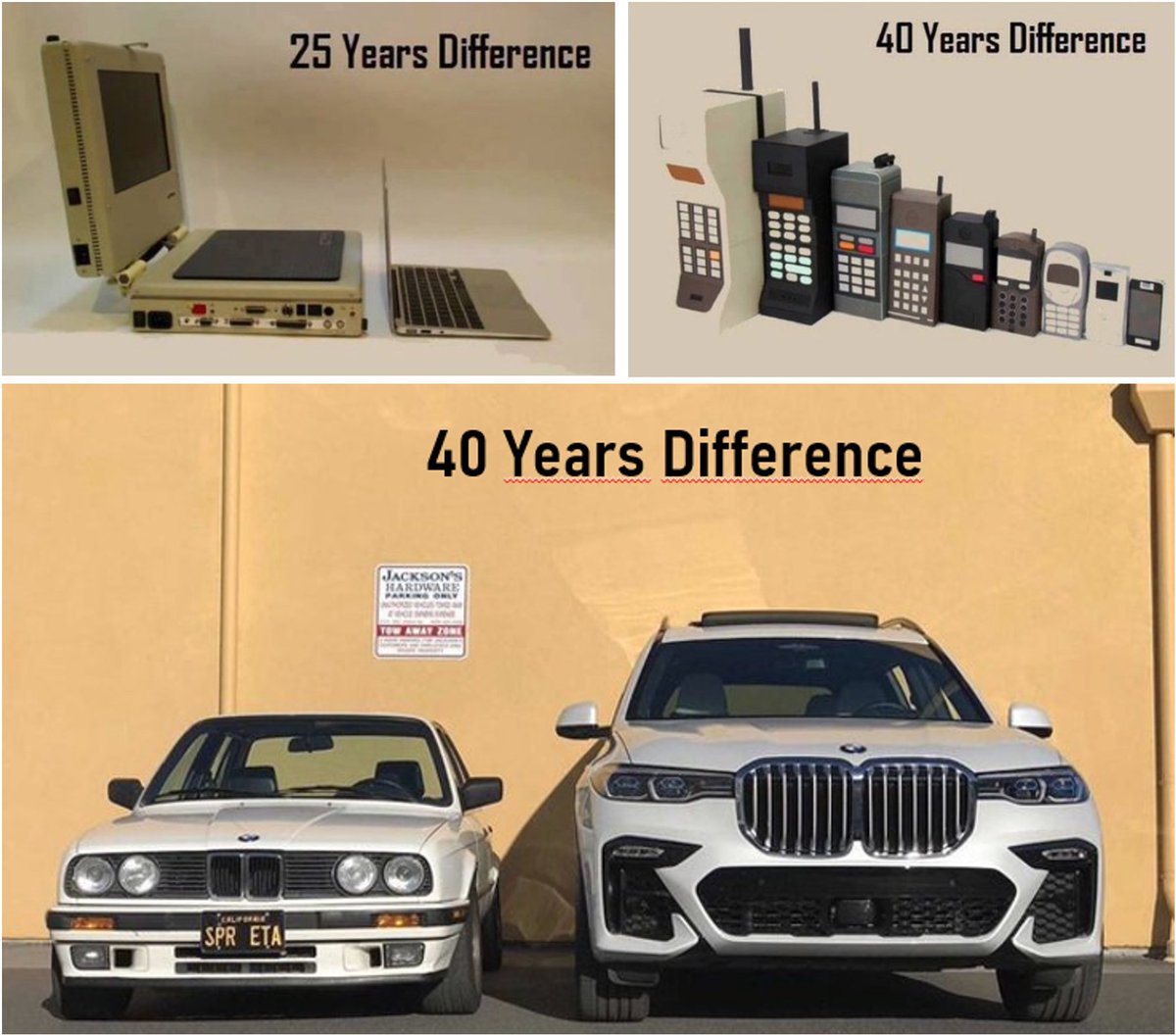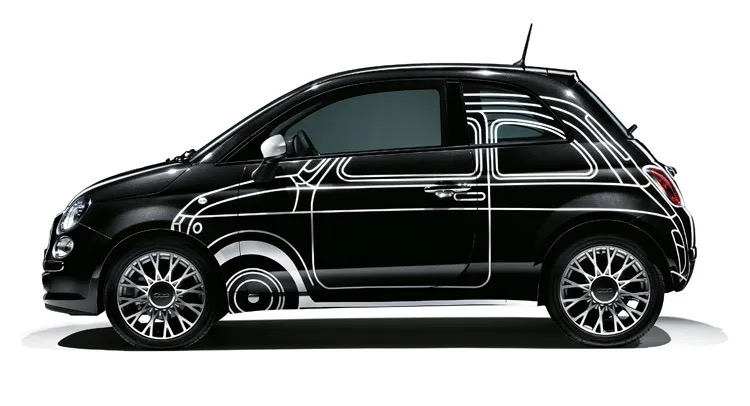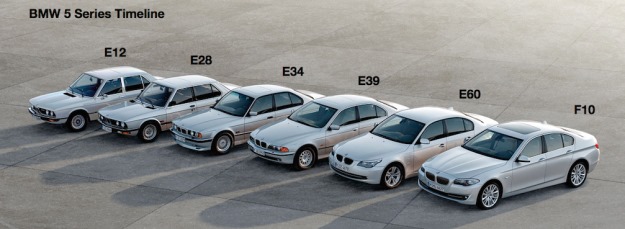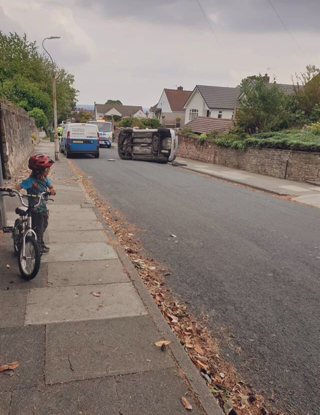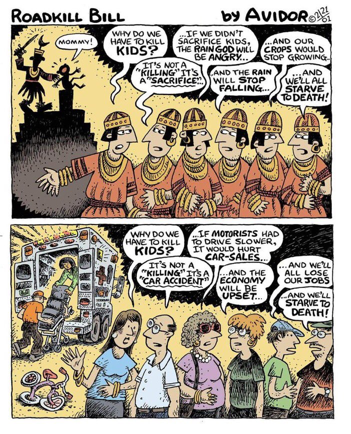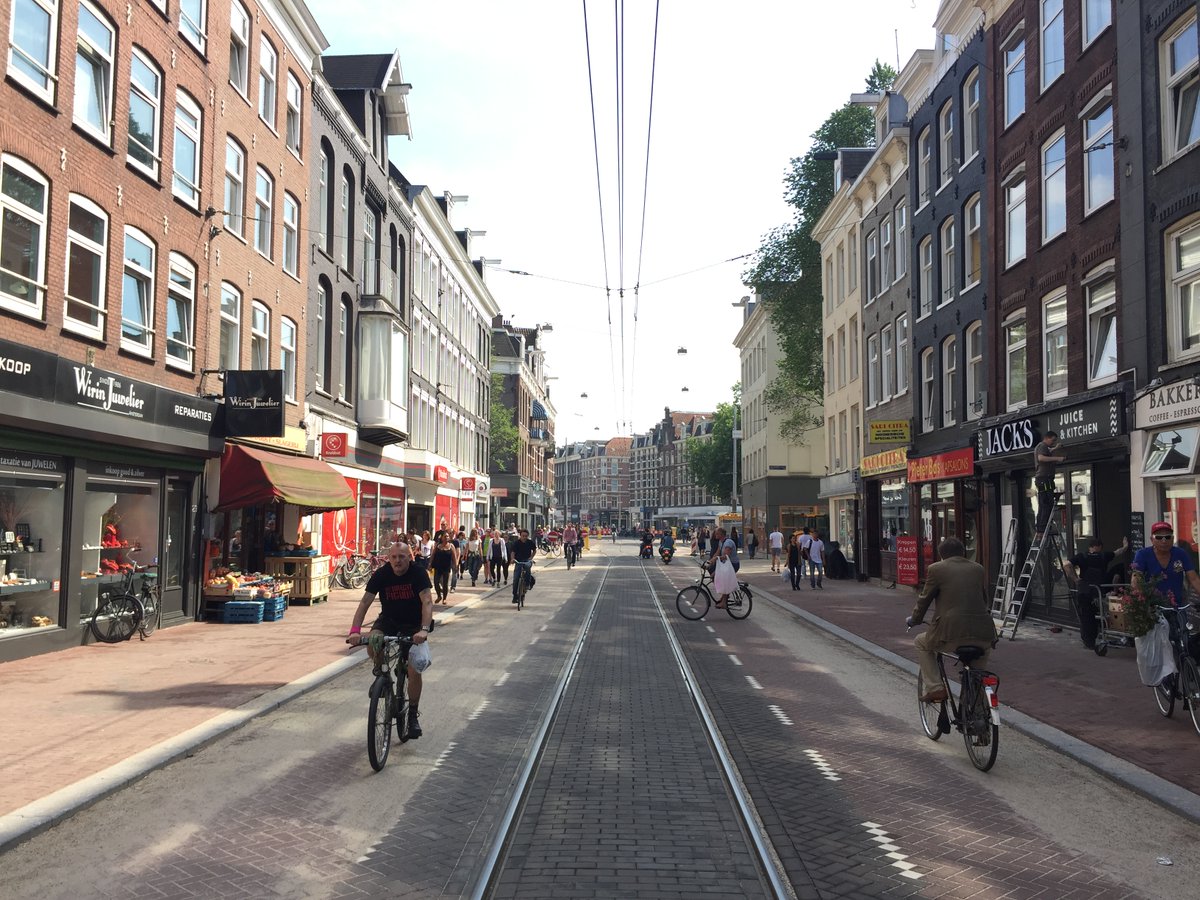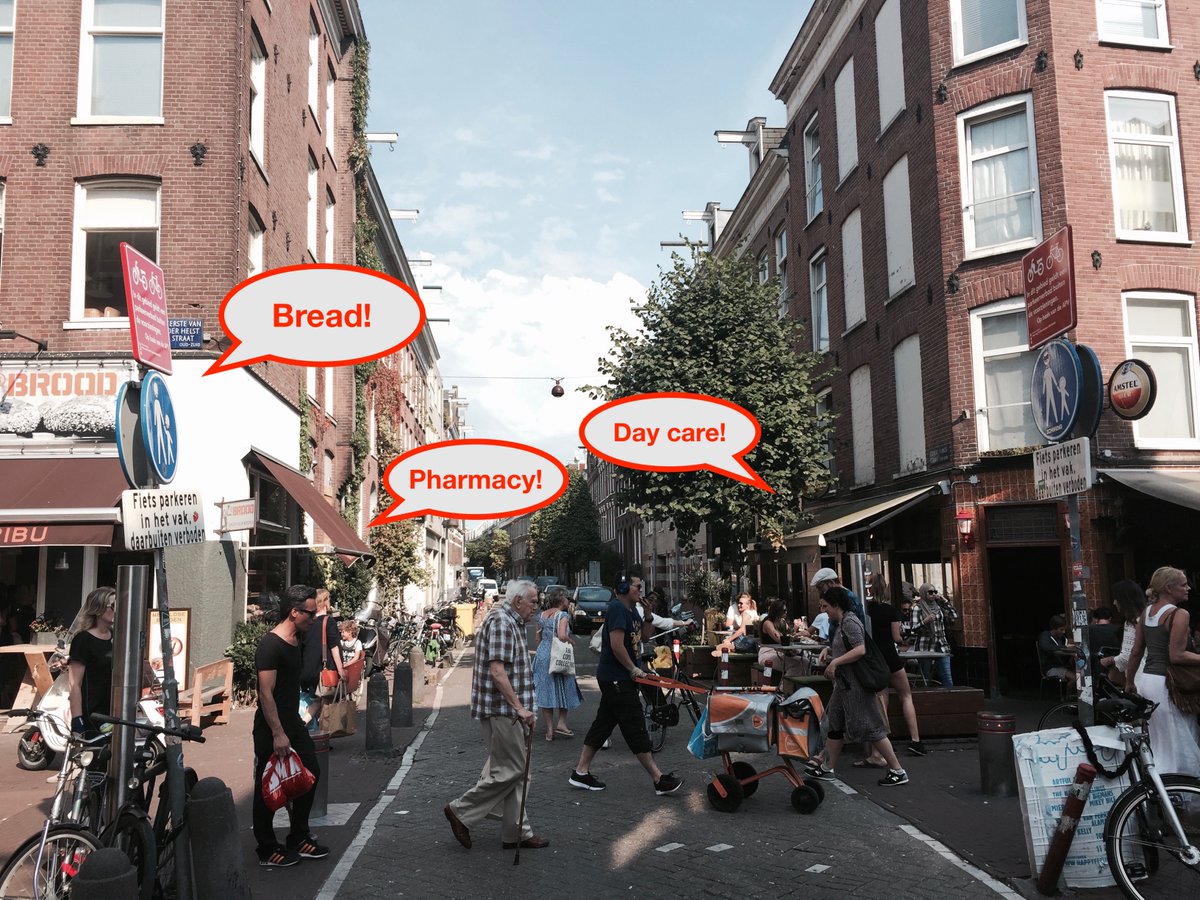
Connect the dots:
😱 Danish🇩🇰 kids cycle less far (-25%), less often (-32%) in last 10 years
🚙 Proportion of kids cycling to school dropped 30%. Car journeys doubled/tripled
🤸♀️ Only 26% gets enough physical exercise
⛑ Helmets became the norm
See: …oerncykleralliancen-dk.translate.goog/bornecykling-i…
😱 Danish🇩🇰 kids cycle less far (-25%), less often (-32%) in last 10 years
🚙 Proportion of kids cycling to school dropped 30%. Car journeys doubled/tripled
🤸♀️ Only 26% gets enough physical exercise
⛑ Helmets became the norm
See: …oerncykleralliancen-dk.translate.goog/bornecykling-i…
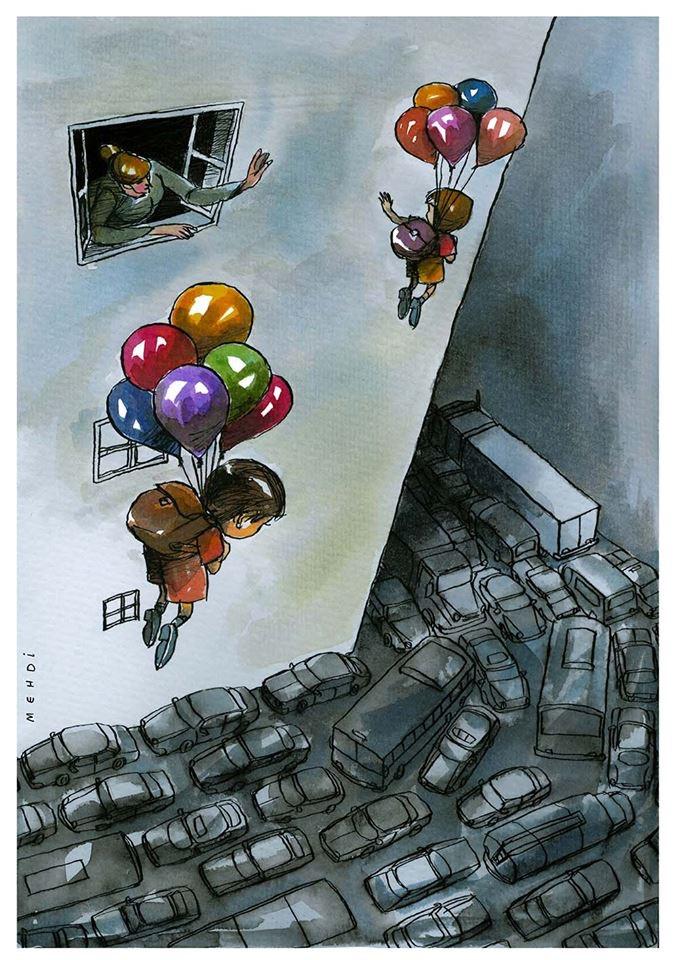
As a background statistic, overall road violence is on the rise: thelocal.dk/20191212/denma… 

cc: @SWOV @Barbara_Visser1 @vdsarfoundation @VeiligVerkeer @ANWB @fietsersbond @aries_marcel @bramtankink @verkeersnet @op1npo @hansvoerk
The Netherlands is also 'learning' from the Danish, but only on how to get the helmet mainstreamed. Ignoring the rest of the dots unfortunately:
verkeersnet.nl/fiets/40418/ho…
verkeersnet.nl/fiets/40418/ho…
• • •
Missing some Tweet in this thread? You can try to
force a refresh


